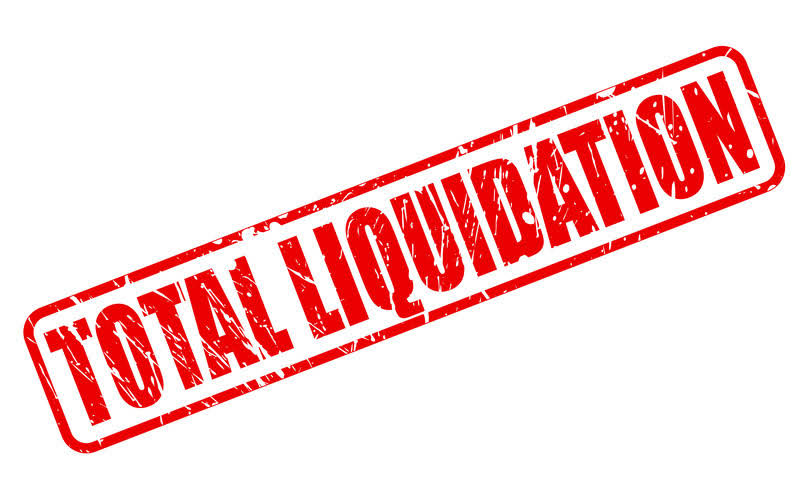Standard costing equips cost estimates while planning the production of new products. In the areas of Accounting, Cost Accounting and Management Accounting, Standard Costing enjoys a significant place in acting as a cost controlling and cost reducing managerial tool. Cost accounting is helpful because it can identify where a company is spending its money, how much it earns, and where money is being lost. Cost accounting aims to report, analyze, and lead to the improvement of internal cost controls and efficiency.
- The management should take sufficient interest in the system to make it effective.
- If our shoes require half a metre of leather and two soles per pair, then these are the raw materials and will vary in direct proportion to production.
- A variance can also be used to measure the difference between actual and expected sales.
- A company has introduced a new product which is complex and labourintensive and it is expected that an 80% learning curve applies.
Before one can clearly understand the concept of standard costing, the term “standard” needs to be understood. According to Webster’s New International Dictionary, standards are bases for measurement or comparison. They are established by authority, custom or general consent as a model or example of that which is proper and adequate for a given purpose. Standard Costing is defined as the use of Standard Costs in measuring and controlling the performance of a company. In layman’s terms, it means comparing your actual cost with what you have budgeted.
Estimated Cost Inventory Valuation
The articles and research support materials available on this site are educational and are not intended to be investment or tax advice. All such information is provided solely for convenience purposes only and all users thereof should be guided accordingly. Before fixing standards, a detailed study of the functions involved in the manufacturing of the product is necessary. The currently attainable standard is the most popular standard, and standards of this kind are acceptable to employees because they provide a definite goal and challenge to them. These standards make proper allowances for normal recurring interferences such as machine breakdown, delays, rest periods, unavoidable waste, and so on.
Variances arise are disposed off by transferring it the relevant accounts (costing profit and loss account) as per the accounting method (plan) adopted. In other words, a business may not revise standards to keep pace with the frequent changes in manufacturing conditions. Firms may avoid revising standards as it is a costly affair. Consistency of Standard because the standards of marginal costing fluctuate and vary time to time, it is difficult to always sustain and continue the same standards. Standard Costing is a tool for the management to gain reduction in the cost and control over it.
Ending Inventory, COGS, and Gross Profit for Specific Identification
The variance analysis starts with the overall labour cost variance. This is the difference between the actual cost and the budgeted cost, usually after it has been flexed. We already know the actual cost was £82,500 but need to calculate the flexed budgeted cost before we can calculate the variance. And in an upcoming article we’ll look at how material price and usage variances are used to monitor actual costs against budgeted costs. The standards should be fixed after a careful study of all technical processes and operations of the business. They should be fixed judiciously and should not be ideal but capable of being achieved.
Under this technique, differences are analyzed and responsibilities are determined. Budget planning is undertaken by the management at different levels at periodic intervals to maximise profit through different product mixes. Through the application of this costing it can be ascertained whether or not the activities of production are going on according as the pre‐determined plan.
What are the preliminaries to consider before using a standard costing system?
(iii) Current Standard – This standard is fixed on the basis of current conditions and remains in force for a short period of time. (7) The recording https://personal-accounting.org/free-printable-receipt-templates/ process of standard costs should be easy and clear. (3) Setting of standards for each element of cost such as material, labour and overheads.
Yarilet Perez is an experienced multimedia journalist and fact-checker with a Master of Science in Journalism. She has worked in multiple cities covering breaking news, politics, education, and more. Her expertise is in personal finance and investing, and real estate. The staff may take it as a threat Personal Income Tax to their freedom of action, feeling that they are being directed down to the last detail on how work should be performed. Period – Period for use of standard should be fixed clearly and a suitable standard should be selected. Degree of standard – Standards should be established scientifically.
Problems in Setting Standard Costs
(7) Besides those mentioned above, the duration for which the standards are to be used should also be determined in advance. (8) The variance reports should be prepared in such a way that progress could be known at all levels of management. (5) The technical process of operation should be susceptible to planning. (5) To apply the principle of ‘management by exception’ at operational level. (iv) To motivate operating and managerial personnel in the direction of improved efficiency.



